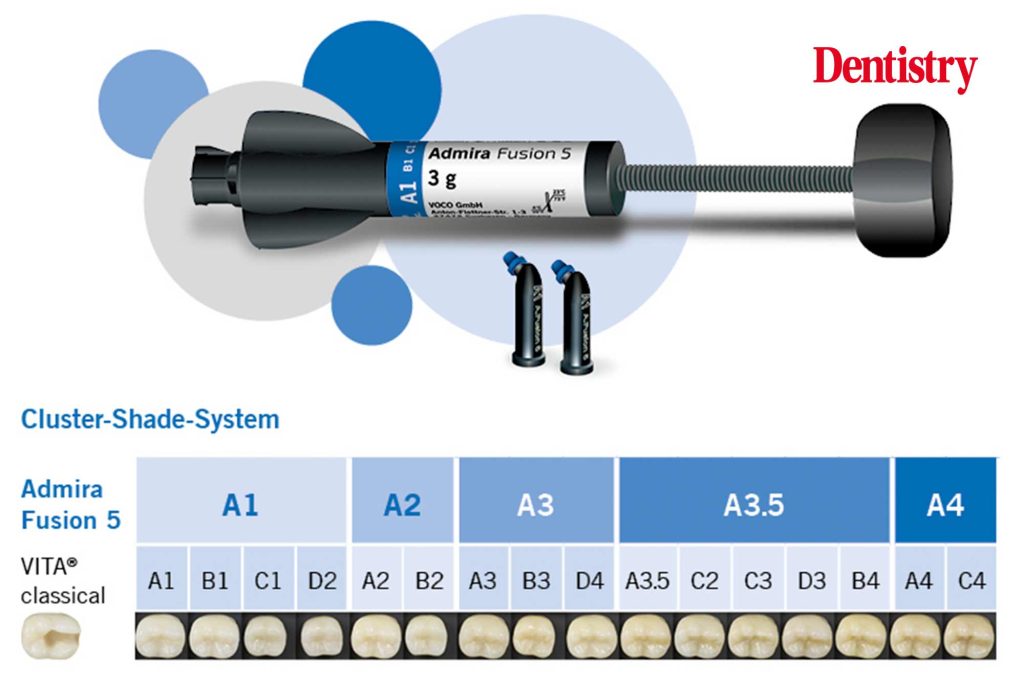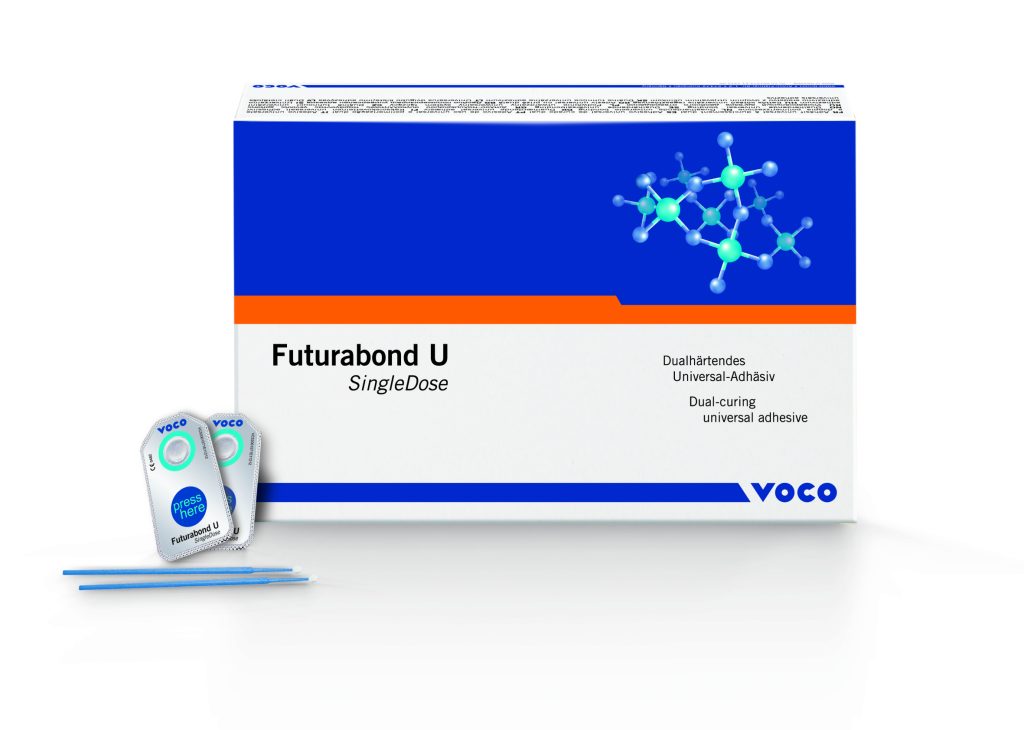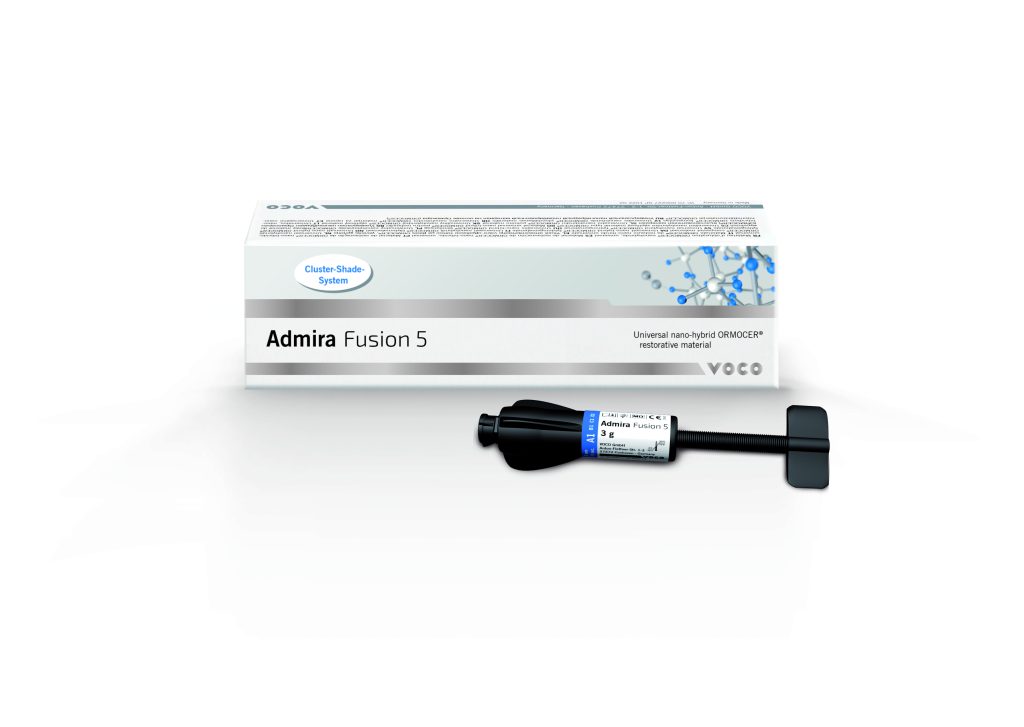
Jatinder Heer highlights the importance of combining aesthetics with oral health and caries prevention in modern dentistry.
Though largely preventable, oral diseases present a significant health burden globally, impacting individuals across their lifespan.
Among these conditions, untreated dental caries in permanent teeth is the most prevalent health issue, as the Global Burden of Disease 2019 report highlights.
To prevent oral disease, there needs to be a comprehensive approach to address the modifiable risk factors such as sugar consumption, tobacco and alcohol use, and poor hygiene practices.
The global picture of oral disease
According to the WHO Global Oral Health Status Report (2022), it is estimated that oral diseases affect close to 3.5 billion people worldwide. Three out of four people affected live in middle-income countries.
Globally, an estimated two billion people suffer from caries of permanent teeth, and 514 million children suffer from caries of primary teeth.
Caries, therefore, pose a significant threat to dental health, affecting millions worldwide. However, advancements in dental techniques have revolutionised the approach to restoring carious teeth, emphasising aesthetic appeal and functional integrity.
Caries can lead to the demineralisation of enamel and dentin, causing cavities. Left untreated, it can progress, causing pain, infection and tooth loss.
But restoring a decayed tooth goes beyond functionality. It is an art that merges aesthetics with oral health.
Confidence and self-esteem
Beyond the physical ramifications, caries can profoundly impact a patient’s confidence and self-esteem due to the visible deterioration of dental aesthetics.
Modern dentistry offers various techniques for restoring carious teeth, each tailored to address a patient’s specific needs.
Through skilled craftsmanship and attention to detail, dental professionals can achieve results that restore function and enhance the patient’s smile.
Shade matching
Ascertaining the natural tooth shade is crucial for optimum aesthetic results. One of the most common methods of selecting tooth colour is using shade guides. However, the correct determination is influenced by many factors, so it is a challenging task even for the most experienced dentist and can lead to an incorrect shade selection.
VOCO offers a universal restorative material that makes everyday practice extremely easy – the purely ceramic-based Ormocer filling material Admira Fusion.
Admira Fusion 5 is a simplified shade-matching system with just five cluster shades covering all VITA classical shades. The Ormocer resin matrix offers optimised light scattering for natural-looking results.
Multi-shade layering is unnecessary, and with only five shades, it considerably streamlines any inventory. This enables a better overview, making incorrect stocks a thing of the past. However, while the restoration of carious teeth is essential, true oral health success lies in prevention.
Education
In addition to any treatment, dental professionals should also employ comprehensive oral health education – vital in preventing decay.
Oral health education is pivotal in empowering individuals to take control of their dental wellbeing. Initiation of the assessment process can be achieved with dietary analysis. Maintaining diet sheets over three days, ideally covering the weekend, is an excellent place to start. These sheets outline meal times and beverage consumption, and examination of these records pinpoint hidden sugars.
As a result, together with the patient, we can assess the frequency of acidic exposures throughout the day. Based on these findings, we can offer tailored suggestions aimed at reducing the overall number of acid attacks a patient experiences. I have found this method highly effective in providing preventive dietary guidance.
Interventions
In cases with an elevated risk, I may opt for interventions such as recommending toothpaste with a higher fluoride content or applying topical fluoride every three months. These strategies are continuously evaluated and adjusted throughout treatment.
Educating patients on proper oral hygiene practices, dietary habits and the importance of regular dental check-ups can significantly reduce caries and promote long-term oral health. Fostering a culture of oral health awareness extends beyond the dental chair.
Public health initiatives can also prove vital in helping our patients disseminate valuable information about dental hygiene and disease prevention. By investing in oral health education, we can all help to mitigate the burden of dental disease and improve the overall wellbeing of our patients.
The following case study explores the restoration of a tooth affected by caries and examines the clinical considerations and interventions necessary.
Restoration of a carious maxillary second premolar incisor
This case summary relates to a patient who presented with recurrent caries affecting the upper left second premolar (UL5). This was seen on the bitewing radiograph as a coronal radiolucency relating to the distal region of the tooth crown.
A complete treatment plan and prevention, including dietary analysis, were implemented. The patient was 19. The UL5 had a previous restoration history, but failure was related to recurrent caries. There were no symptoms.
A direct restorative method was desirable to enable a minimally invasive technique with the associated clinical advantages in the long term. The patient sought a durable, aesthetic treatment option. Admira Fusion 5 is an aesthetic organically modified ceramic (Ormocer). It can be used as a direct restorative material to produce the desirable clinical result.
All of VOCO’s materials boast excellent biocompatibility and are free from classic monomers like Bis-GMA, TEGDMA, and UDMA, ensuring patient safety. The highly stable material has by far the lowest polymerisation shrinkage, at just 1.25% by volume and an associated extremely low shrinkage stress compared to conventional restorative composites.


Initial presentation
Local anaesthesia was applied and isolated. A direct restorative material needs to be aesthetic and have optimal mechanical properties and adhesive characteristics to withstand the stresses it would be subjected to. Admira Fusion 5 was selected for this purpose, and Futurabond U achieved bonding. Shade selection was carried out before isolation to reduce the effects of dehydration, and natural light was also used. Vita Shade A1 was selected preoperatively.
Clinical stages
A minimally invasive approach was taken to remove caries. Care was taken to avoid iatrogenic pulpal trauma using a gradual technique and irrigated burs. A brief 15-second total etch method was employed (optional). Once the local anaesthesia was effective, the tooth was isolated using a split dam and a molar clamp on the adjacent first molar.
Caries removal was carried out with high-speed and slow-speed burs, and care was taken to avoid excessive tooth tissue removal with risks related to structural integrity and iatrogenic pulpal damage.
The Admira Fusion 5 was placed directly into the prepared cavity and light-cured – 2mm increments can be reliably cured for 10 seconds. A sectional matrix system enabled the correct anatomical form and good contacts.
Once placed, the restoration was polished and finished using a composite finishing bur. The final result was an aesthetic restoration, which was easy to place and finish. The Ormocer technology would increase the likely lifespan and durability of this restoration.
This case illustrates an everyday dental restoration for a patient who sought a direct, aesthetic, durable restoration. The restoration formed part of her overall dental treatment, emphasising preventing caries. This tooth had previously had a direct composite restoration.
Conclusion
The restoration of a carious tooth transcends mere functional repair. It is a testament to the symbiotic relationship between aesthetics and oral health. Dental professionals can save teeth from decay and restore smiles with precision and artistry through advanced techniques and materials.
However, the ultimate goal remains prevention, and oral health education is the cornerstone of this endeavour. Equipping individuals with knowledge and resources can pave the way for a future where caries are prevented, and smiles are preserved for generations.
For more information about Admira Fusion 5, visit www.voco.dental/en/products/direct-restoration/ormocer/admira-fusion-5.aspx.


